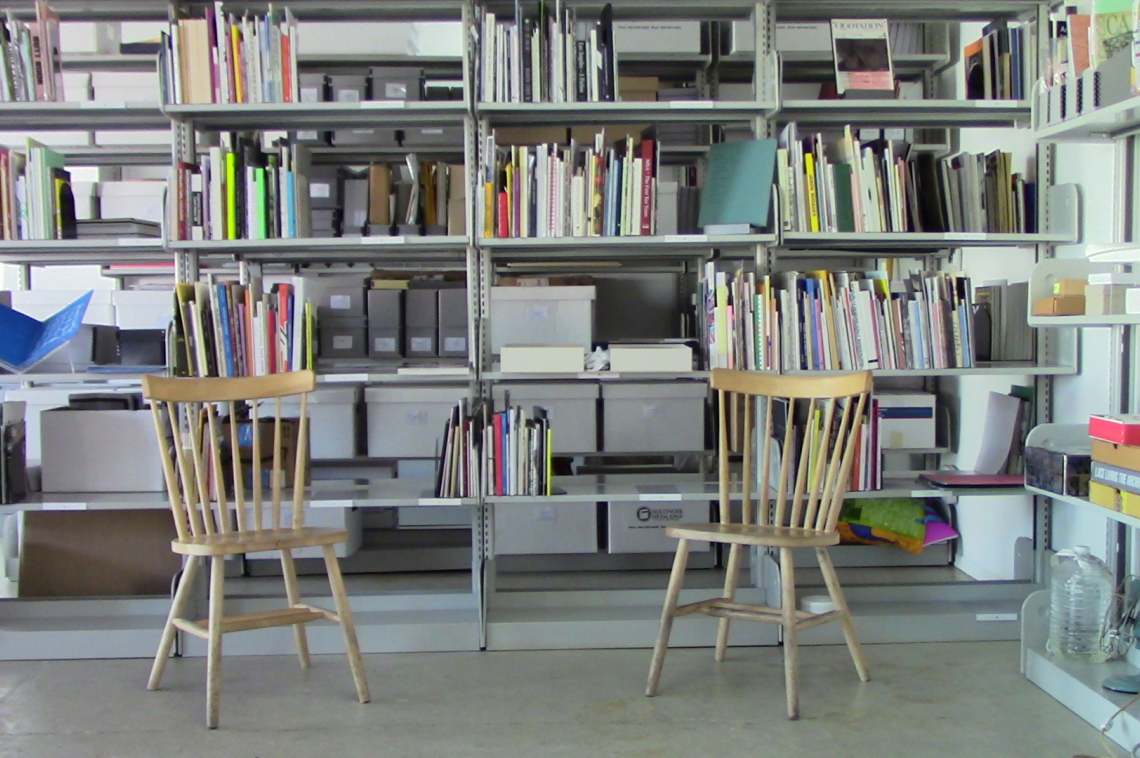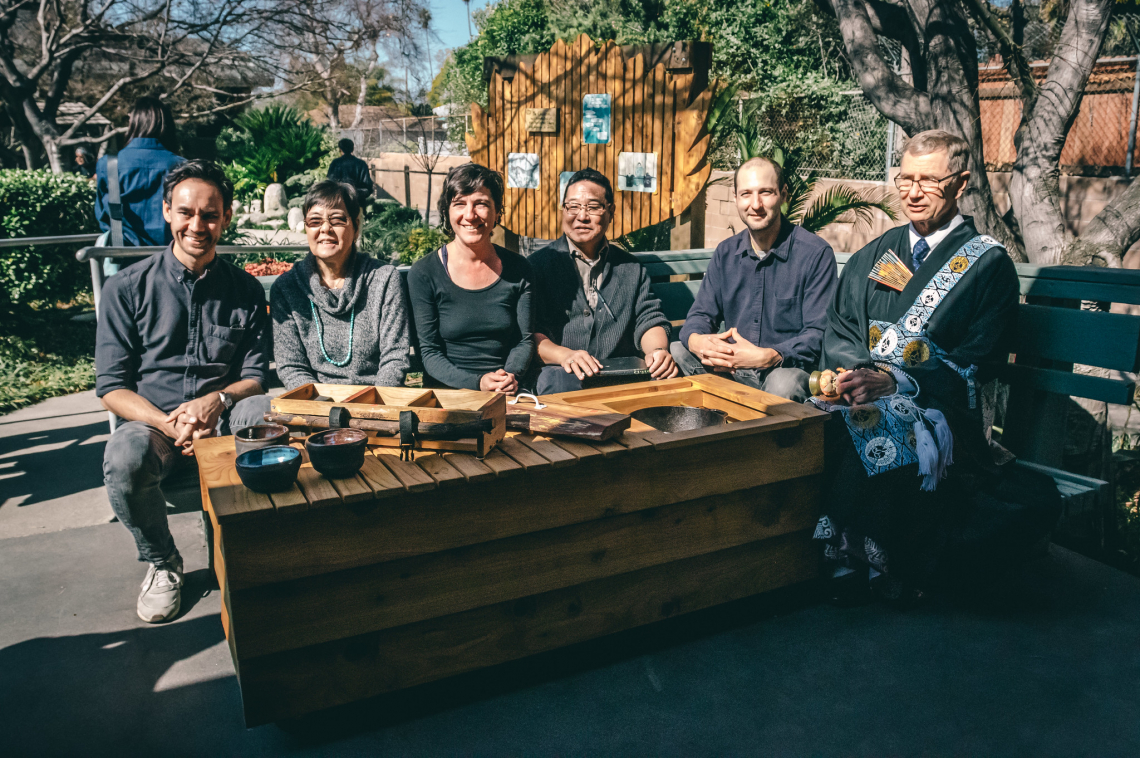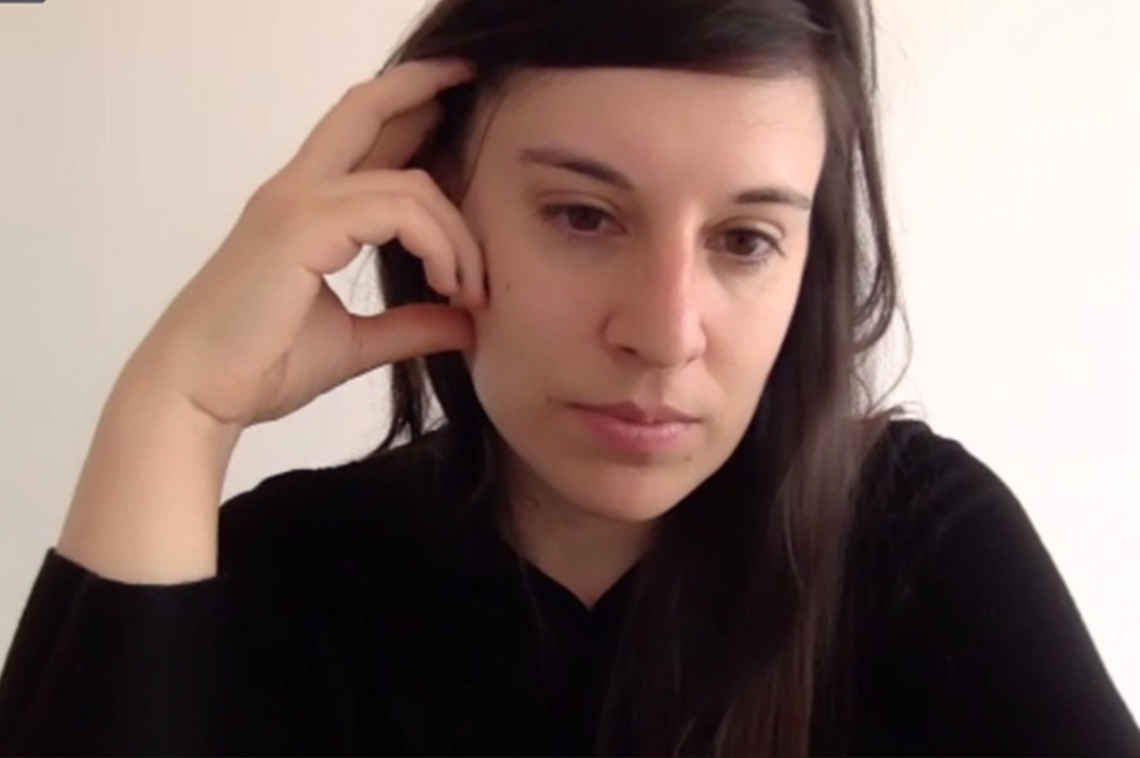


I've been in my studio working on various interdisciplinary projects, practicing social distancing and continuing my work, albeit remotely, as the Pasadena Buddhist Temple artist-in-resident.
What are strategies that would allow me to continue my archive-based art intervention practice during this pandemic? At the Temple, I'm working directly with the volunteers who also run the facility and programming. They are made up of mostly retired elders who took the Temple over a decade ago as their parnets, (the founders of the Temple), have gradually passed away or who have become physically unable to participate. COVID-19 has put this transition period into hyper-drive.
Like many artists who work in "communities,” I do my best to listen, trying to figure out how I can support them with my interdisciplinary art tools. How can I make a difference as an art-agent; building, sharing and celebrating their histories?
I've had the privilege of being the artist-in-resident at a wide range of archival institutions such as the Smithsonian Museum of American History, Getty Villa and Gerth Archives at Cal State Dominguez Hills. I borrow tools used by these professional archivists and conservationists, while being aware that what I do is from an artist’s methodology. Rather than writing down reflections of these recent experiences, I thought it would be more interesting to engage in a conversation with someone who is doing amazing work in the multi-disciplinary field of art and archives.
Hailey Loman is the Executive Director of Los Angeles Contemporary Archives and the Founder of Autonomous Oral History Group. The following are excerpts from a conversation we had on June 6, 2020:
ALAN NAKAGAWA: Thank you for speaking this with me.
HAILEY LOMAN: It's so nice to get to talk with you. Before I started getting really invested in doing oral history work, I met with you to pick your brain, so this is a nice full circle. One thing that I admire about your practice is that while you work with institutions, you never organize into an entity or fold into an organization. You access these spaces, but you remain an artist.
AN: I've been called on a lot of things. Sometimes artists say, you're like a mercenary, you get hired for projects and you parachute in, do things, and then you leave. And, that's more of a funding thing than anything else. I would love to stay at some of these places for a much longer period of time but it’s also what is important about what we do or what we think we're doing. How do we get away from "I" and how do we get to the "we", or at least, how do we begin to face in that direction?
In terms of doing this thing, oral history, interviewing, making a podcast, I didn't go to school for any of this stuff. I mean, when I say I went to UCLA, I went to these Saturday workshops that were free to the public. The most expensive thing was, you know, parking at UCLA, which always is as you know, rough!
HL: Parking in Los Angeles in general is rough! For us at Los Angeles Contemporary Archive (LACA), we are interested in people describing their materials on their own terms. This feels the closest to defining us as community-led organization. The oral history collection we began last year started because artists were donating their ephemera to LACA and we would sometimes record conversations to make everyone’s lives a bit easier. But suddenly, we had this new primary source material that we were unsure if we should inventory alongside artist’s physical materials.
In developing these different archival organizations as an artist, I have realized how the roles of the custodian, artist, and archivist are in conflict with one another. While caring for others’ materials is my primary concern within the custodial practice, as an artist, I struggle with the desire to inscribe something new into the primary source material. To resolve this conflict, I have come to conceptualize my artwork as the creation of the structures--categorical, preservative, curatorial--rather than of the collections themselves. The organization’s structure is the artwork. The operative distinction for me is between being the author of the container versus of the contents. The contents are held and contextualized in a framework I create. However, the various authors, including myself, hold very different positions of authority over the individual items. The task for me, then, is the rejection of previously held structures and definitions of ‘official’ archives and oral histories, and how individual authors and artworks may speak for themselves. The artwork aspires to expose and rework the archival organization’s authority.
AN: I think that's kind of what I'm doing with the Pasadena Buddhist Temple. I'm trying my best to create a scenario where I could stay there longer and it's kind of working. We don't have any money right now; I was showing up at least once or twice a month before the pandemic even though my contract ended with Side Street projects. I would like to stay there longer because with this kind of projects there's just more to do. I feel like we've all invested so much in me being there. And I feel I have built trust now. It’s very personal for me because it hits particular traumas from my life and past relationships.
HL: It sounds like it might be helpful to bring some sort of reflexivity into your project as it seems like you have already embedded yourself within this collection so much.
AN: What do you mean by reflexivity? Can you elaborate?
HL: To me - bringing reflexivity into an archival project is a lot about understanding your biases. For me, it is about checking in with what's going on, and then asking how is this impacting my work? I have been looking into countertransference and how this is employed by analysts during sessions; I am curious if this is a helpful cross disciplinary approach to oral history work. Not to replace the oral historian as the psychoanalysis, but rather to digest what the interviewee is saying and respond accordingly with a thoughtful follow up response.
AN: In simplistic terms, we can say that this is about bonding though, right?
HL: Or not bonding! But sure. Yeah. In the spirit of that, how are you feeling? How has the stay at home ordinance affected you and your projects?
AN: I feel like an astronaut leaving the spaceship with all the gear on. And then when I get back to the spaceship, I have to decompress, take all that equipment off.
HL: It's been really interesting at LACA because we try so hard not to be an intimidating archive space. We try to be welcoming and we don’t require gloves or bags to be checked. But now if a person were to come visit LACA once it reopens, I am like, whoa, whoa, whoa, have you washed your hands? Are you wearing gear? All of my manners these past six years are out the window - don’t touch books! You can come in. Actually, maybe it’s not safe to come in – but, welcome!
AN: [laughs] People will probably be, like damn have you met this Hailey person?
HL: [laughs] Yes, there is a lot of rethinking in order of how we are going to work and still be a brick and mortar resource space. Thank you for thinking with me!
. . .
Alan Nakagawa is an interdisciplinary artist primarily working with sound, occasionally incorporating video, sculpture, drawing, paint, performance, text, food and most recently perfumes.
He was the first artist in resident for the Los Angeles Department of Transportation and the Los Angeles County Library. Nakagawa was invited by the Smithsonian Museum of American History to research the development of the hearing aid in the US. He currently resides in Los Angeles’ Koreatown and continues to exhibit and develop his creative practice. Alannakagawa.com





